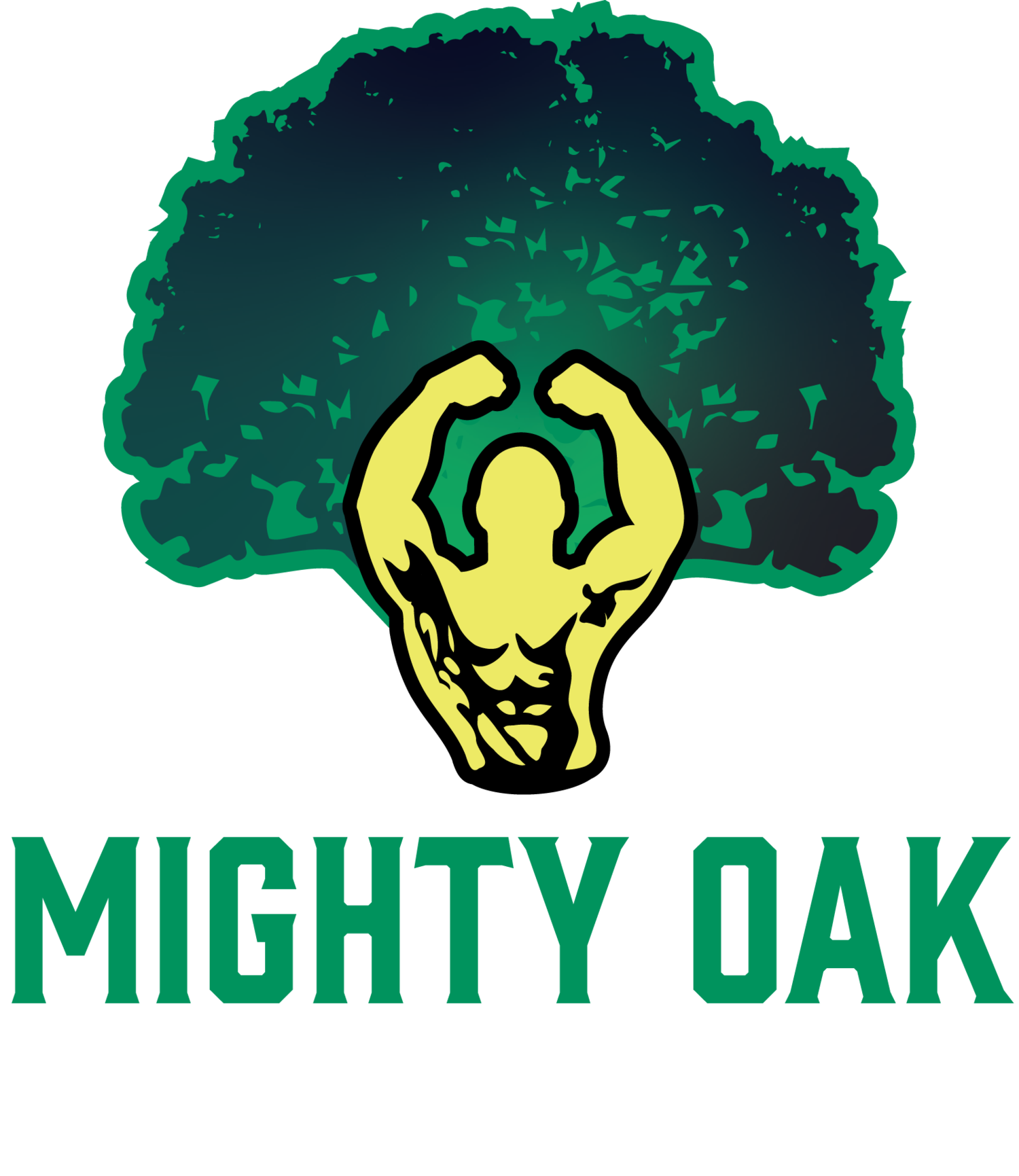Ditch the Trap Bar
Why Barbells Outperform Trap Bars in Athletic Training
In the realm of strength training for student athletes, selecting the right equipment is crucial for optimizing sports performance and minimizing injury risk. While trap bars (hex bars) have their merits, barbells stand out as the superior choice for developing strength, enhancing athletic performance, and preventing injuries. Here's why barbells should be the cornerstone of strength training programs for student athletes.
1. Enhanced Posterior Chain Activation
The posterior chain—which includes the hamstrings, glutes, and lower back—is fundamental for explosive movements, sprinting, and overall athletic power. Barbell exercises like the conventional deadlift engage these muscles more effectively than trap bar exercises. According to a study by Camara et al. (2016), barbell deadlifts result in greater activation of the erector spinae muscles compared to trap bar deadlifts. Strengthening the posterior chain not only boosts performance but also fortifies the body against common sports injuries, such as hamstring strains and lower back issues.
2. Unmatched Versatility in Exercises
Barbells offer a broad spectrum of exercise options beyond what trap bars can provide. From squats and bench presses to overhead presses and Olympic lifts like cleans and snatches, barbells enable comprehensive training of all major muscle groups. This versatility is essential for student athletes who need balanced strength development to excel in their sports. Incorporating a variety of barbell exercises ensures that no muscle group is neglected, thereby reducing the likelihood of imbalances that can lead to injuries.
3. Development of Technical Skills and Neuromuscular Coordination
Mastering barbell exercises requires learning proper form, balance, and coordination. This technical skill development is invaluable for student athletes, as it enhances neuromuscular coordination—a key component in nearly all sports. The complexity of barbell lifts promotes better body awareness and control, translating to improved on-field performance. Additionally, learning to handle barbells safely and effectively instills discipline and focus, qualities that benefit athletes both in and out of the gym.
4. Preparation for Competitive Lifting and Athletic Standards
For student athletes considering future participation in powerlifting, Olympic weightlifting, or collegiate sports programs, familiarity with barbells is essential. Barbells are the standard equipment used in these competitive settings. Training with barbells allows athletes to develop the specific strength and technical skills required, giving them a competitive edge. Moreover, many strength and conditioning programs at higher levels emphasize barbell training, so early exposure can ease the transition to advanced athletic programs.
5. Greater Range of Motion for Flexibility and Strength
Barbell exercises often allow for a greater range of motion compared to trap bar movements. For instance, barbell squats can facilitate deeper squatting, which enhances lower body strength and improves joint flexibility. A greater range of motion not only maximizes muscle activation but also contributes to better mobility—a critical factor in both performance and injury prevention. Improved flexibility reduces the risk of strains and sprains by allowing muscles and joints to move safely through their full motion spectrum.
6. Superior Load Progression and Maximal Strength Development
Progressive overload is a foundational principle of strength training, involving gradual increases in weight to stimulate muscle adaptation. Barbells typically accommodate heavier loads than trap bars, making them ideal for progressive strength development. This capacity for load progression is particularly important for student athletes whose strength gains can significantly impact their athletic performance. By continually challenging their muscles with increased weights, athletes can build the maximal strength necessary for powerful movements in their respective sports.
While trap bars can be a valuable tool in certain training scenarios—for specific rehabilitation purposes—barbells offer a comprehensive range of benefits that are indispensable for student athletes. From enhanced muscle activation and exercise versatility to technical skill development and superior strength gains, barbells equip athletes with the tools they need to excel in sports and safeguard against injuries. Incorporating barbell training into strength programs is a strategic choice that prepares student athletes for the demands of their sports and sets the foundation for long-term athletic success.
References
- Camara, K. D., Coburn, J. W., Dunnick, D. D., Brown, L. E., Galpin, A. J., & Costa, P. B. (2016). An examination of muscle activation and power characteristics while performing the deadlift exercise with straight and hexagonal barbells. Journal of Strength and Conditioning Research, 30(5), 1183-1188.
- Swinton, P. A., Stewart, A., Agouris, I., Keogh, J. W., & Lloyd, R. (2011). A biomechanical analysis of straight and hexagonal barbell deadlifts using submaximal loads. Journal of Strength and Conditioning Research, 25(7), 2000-2009.
At Mighty Oak Athletic, we are committed to providing student athletes with the knowledge and resources they need to reach their full potential safely and effectively. Embracing barbell training is a step toward stronger performance and a healthier athletic journey.
